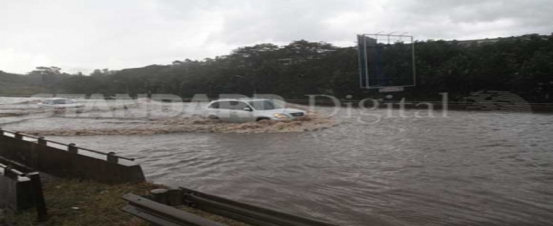×
The Standard e-Paper
Fearless, Trusted News
The reality of climate change is here with us. We have been warned about changing weather patterns in the world over the last several years. Many places are experiencing extreme weather conditions, including longer than normal dry spells and enormous flooding.
